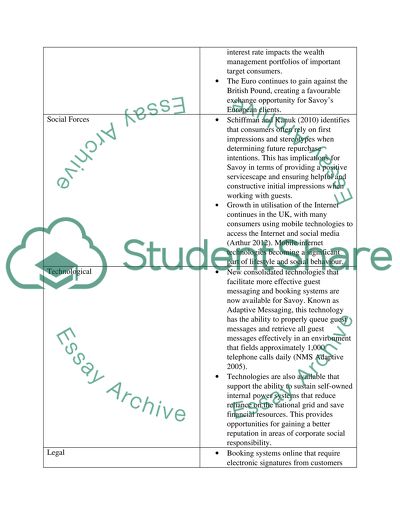Cite this document
(“Savoy hotel Essay Example | Topics and Well Written Essays - 4000 words”, n.d.)
Savoy hotel Essay Example | Topics and Well Written Essays - 4000 words. Retrieved from https://studentshare.org/marketing/1475891-savoy-hotel
Savoy hotel Essay Example | Topics and Well Written Essays - 4000 words. Retrieved from https://studentshare.org/marketing/1475891-savoy-hotel
(Savoy Hotel Essay Example | Topics and Well Written Essays - 4000 Words)
Savoy Hotel Essay Example | Topics and Well Written Essays - 4000 Words. https://studentshare.org/marketing/1475891-savoy-hotel.
Savoy Hotel Essay Example | Topics and Well Written Essays - 4000 Words. https://studentshare.org/marketing/1475891-savoy-hotel.
“Savoy Hotel Essay Example | Topics and Well Written Essays - 4000 Words”, n.d. https://studentshare.org/marketing/1475891-savoy-hotel.


